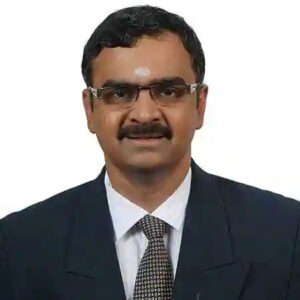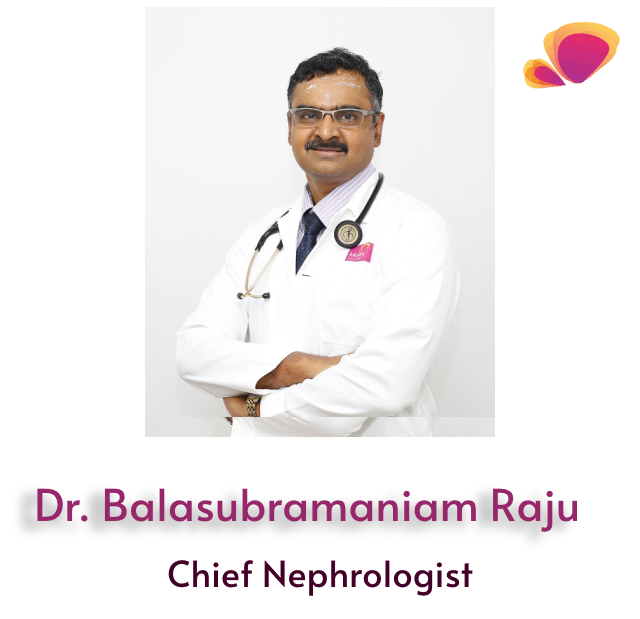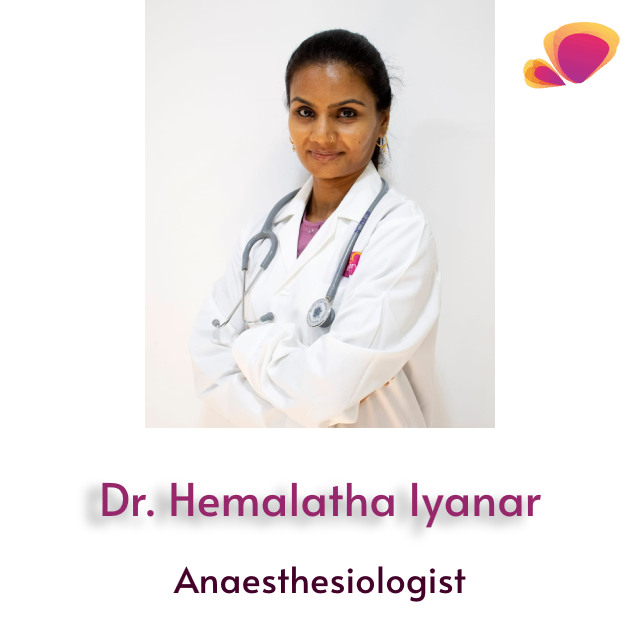Message from Team IMA Chennai Kauvery Alwarpet Branch
 Dear colleagues,
Dear colleagues,
Greetings and best wishes from IMA Chennai Kauvery Alwarpet branch.
Kauvery hospital started the vaccination of the health care personnel from the beginning and we ensured that the neighbourhood Doctors got vaccinated.
As the Government has opened up the vaccination for the needy patients, I request our neighbourhood doctors to utilise the services for their patients in need.
Long live IMA
Yours in IMA service,
Dr. S. Sivaram Kannan
President
 This month’s issue brings a variety of case presentations and topics very pertinent to clinical practice . In the setting of resurgence of Covid infection in certain parts of the country, it is important that we all get vaccinated not only to protect us but also to help improve herd immunity in the community as a whole.
This month’s issue brings a variety of case presentations and topics very pertinent to clinical practice . In the setting of resurgence of Covid infection in certain parts of the country, it is important that we all get vaccinated not only to protect us but also to help improve herd immunity in the community as a whole.
We should continue to follow social distancing and wear masks in public places. Avoid unnecessary crowding.
Let us be responsible citizens.
Long live IMA
Yours in IMA service,
Dr. Bhuvaneshwari Rajendran
Secretary
 Dear friends,
Dear friends,
I am delighted to present the monthly edition of Kauvery Journal. Thankful to all our consultants for sharing their work. We look forward to your suggestions and feedback.
Long Live IMA
With best regards,
Dr. R. Balasubramaniyam
Editor

A Challenging Case Of Octogenarian Periprosthetic Fracture Distal Femur
Periprosthetic Fracture
Fracture associated with an orthopaedic implant (Fixation / Replacement).
Incidence of these fractures are increasing due to increased life span, multiple fracture fixation and joint replacement done at earlier ages, trivial trauma, osteolysis, osteoporosis and stress shielding.
Patient specific risk factors are rheumatoid arthritis, osteolysis, osteopenic bone, use of steroid medications. Frequent falls in elderly population. Technique specific risk factors such as femoral cortical notching.

Lumisiran - A new drug for treatment of Primary Hyperoxaluria (PH) Type I
PH is a genetic disorder of oxalate metabolism. There is accumulation of oxalate initially in the kidneys and subsequently in bones, heart, eyes and other tissues. This disease where there is systemic accumulation of oxalate is called as OXALOSIS.
The enzyme GLYCOLATE OXIDASE is needed to convert glycolate to glyoxalate and then to oxalate. Glyoxalate is acted upon by Alanine Glyoxalate aminoTransferase (AGT) to glycine in the liver. When AGT is going to be deficient, then all the glycolate gets converted to oxalate.

Thrombocytopenia Followed By Generalised Lymphadenopathy
Case Presentation
A 66 year female, known case of diabetes, hypertension and hypothyroidism for more than 10 year, presented with 1) High grade continuous fever with rashes which started on both forearms and spread to involve a trunk associated with itching And 2) Odynophagia since 10 days.
Past history of fever with thrombocytopenia before 6 months-Dengue IgM was positive, But platelet was persistently low even after 2 weeks of fever onset and reached a level of 2000 cells/ microlitre by third week,

Congenital absence of the bilateral ICA – A case report
A 45-year-old gentleman was brought to the emergency with a history of unconsciousness from the evening. On arrival, patient GCS was E4M5V2-11/15 and there was right hemiplegic. No known previous relevant history was noted
An emergency MRI brain with MRA of the neck and head was ordered and done.
MRI revealed large acute infarcts in the left MCA and bilateral ACA territory(Figure1 )

Costoclavicular Brachial Plexus Block
Introduction:
The costoclavicular brachial plexus block was recently described as an alternative approach to the infraclavicular block. The compact organization of the plexus at this level, clustered lateral to the 1st part of the axillary artery and more superficial than in sagittal approach, allows blockade with less volume and a single needle. Hence it is called as spinal anaesthesia of upper limb.


